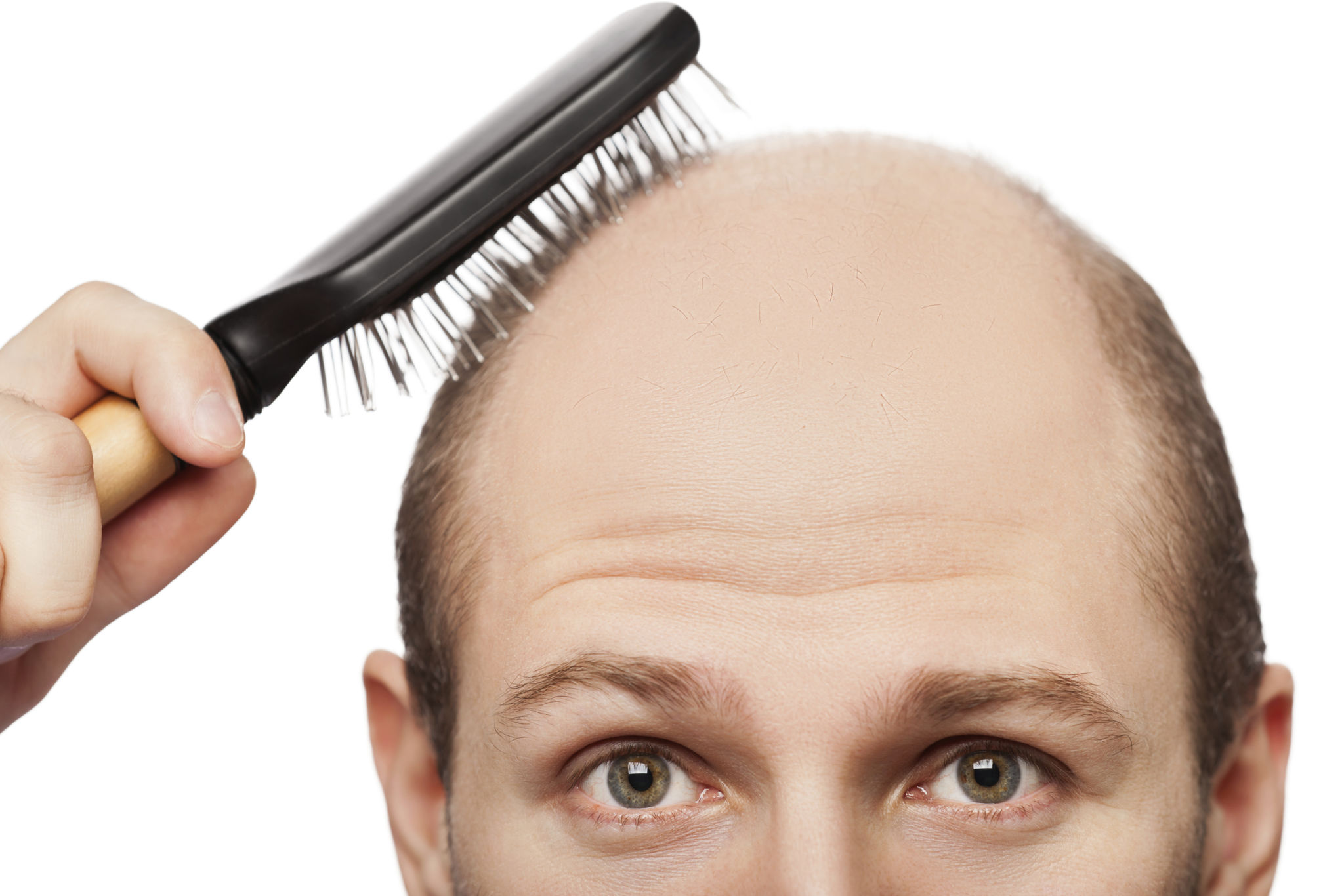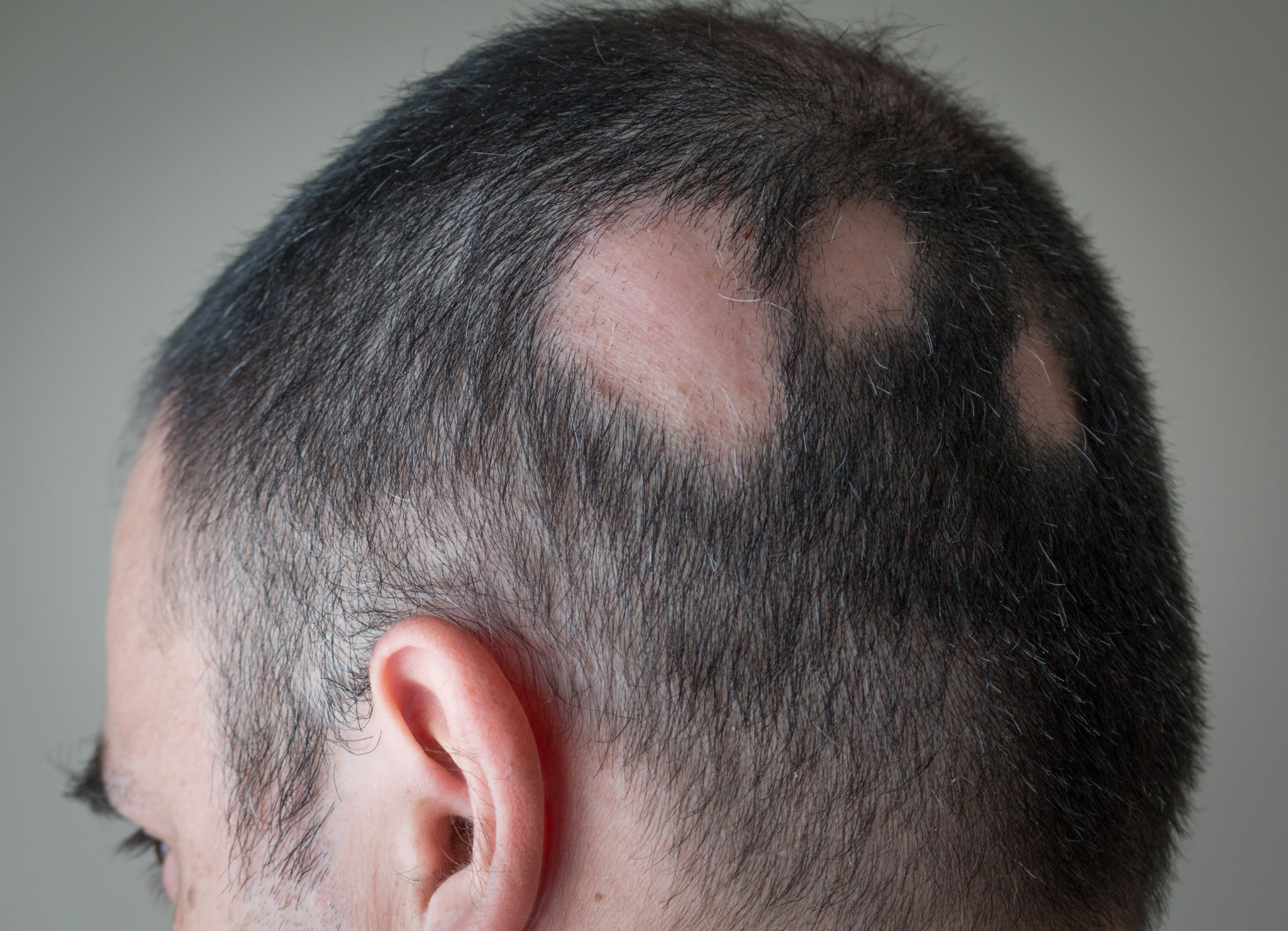Treatments for common types of hair loss
Ir
Hair loss is a common concern that affects millions of people worldwide. While it can be distressing, identifying the type of hair loss is the first step toward effective treatment. Below, we’ll break down the main types of hair loss, their causes, and the treatment options available.

1. Androgenetic Alopecia (Male and Female Pattern Baldness)
What it is:
Androgenetic alopecia is the most common form of hair loss, influenced by genetics and hormones. In men, it usually presents as a receding hairline or thinning at the crown, eventually leading to partial or complete baldness. Women often experience diffuse thinning over the top of the scalp, maintaining their hairline.
Causes:
- Genetics (inherited from either parent)
- Hormonal sensitivity to dihydrotestosterone (DHT), which shrinks hair follicles over time.
Treatment Options:
- Medications: Minoxidil (topical) and finasteride (oral, for men) can slow down or even reverse hair loss.
- Low-Level Laser Therapy (LLLT): Devices like laser caps stimulate hair growth.
- Platelet Rich Plasma (PRP) Therapy: Injecting PRP into the scalp enhances follicle activity and promotes growth.
- Hair Transplants: Surgical options like follicular unit extraction (FUE) or follicular unit transplantation (FUT).

2. Telogen Effluvium
What it is:
Telogen effluvium occurs when a large number of hair follicles enter the resting (telogen) phase of the hair growth cycle prematurely, leading to diffuse shedding.
Causes:
- Physical or emotional stress
- Illness (e.g., COVID-19, severe infections)
- Nutritional deficiencies (e.g., iron, vitamin D)
- Hormonal changes (e.g., post-pregnancy)
- Medications (e.g., antidepressants, chemotherapy)
Treatment Options:
- Address Underlying Causes: Correct deficiencies, manage stress, or change medications if necessary.
- Supplements: Biotin, iron, or vitamin D can promote healthy hair growth.
- Platelet Rich Plasma (PRP) Therapy: activates dormant follicles and shortens the telogen phase of the hair growth cycle.
- Gentle Hair Care: Avoid harsh chemicals, heat styling, and tight hairstyles to minimize damage.
- Hair typically regrows within 6–12 months once the trigger is resolved.
3. Alopecia Areata
What it is:
Alopecia areata is an autoimmune condition where the body attacks its own hair follicles, leading to patchy hair loss. In severe cases, it can result in complete scalp hair loss (alopecia totalis) or total body hair loss (alopecia universalis).
Causes:
- Autoimmune dysfunction
- Genetics
- Triggering factors like stress or infections
Treatment Options:
- Platelet Rich Plasma (PRP) Therapy: reduces inflammation around affected follicles, creating a more favorable environment for regrowth.
- Corticosteroids: Injected, topical, or oral corticosteroids suppress the immune response.
- Topical Immunotherapy: Chemicals like DPCP stimulate hair regrowth by creating a mild allergic reaction.
- JAK Inhibitors: Medications like tofacitinib have shown promising results in severe cases.
- Wigs and Hairpieces: A cosmetic solution while waiting for regrowth.

4. Traction Alopecia
What it is:
This type of hair loss results from repeated tension on the hair follicles, often due to tight hairstyles like braids, ponytails, or extensions. Over time, it can lead to permanent follicle damage.
Causes:
- Tight hairstyles
- Hair extensions or weaves
- Frequent use of heat and chemical treatments
Treatment Options:
- Avoid Tension: Switch to looser hairstyles and avoid heavy extensions.
- Platelet Rich Plasma (PRP) Therapy: enhances blood flow and delivers growth factors to the damaged follicles, promoting regrowth
- Scalp Massage: Promote circulation to strengthen existing follicles.
- Topical Treatments: Minoxidil can help encourage regrowth.
- Hair Transplant: In severe cases, surgical restoration may be required.
Preventive Measures
While not all types of hair loss are preventable, certain measures can help maintain healthier hair. These include avoiding tight hairstyles, reducing stress through mindfulness practices, and ensuring a balanced diet rich in vitamins and minerals.
By understanding the various types and causes of hair loss, individuals can take informed steps toward managing this condition effectively. Consulting with healthcare professionals is always recommended for personalized advice and treatment plans.
